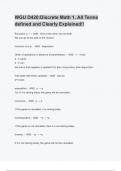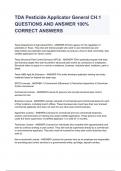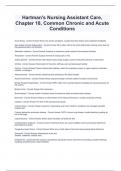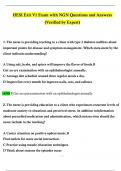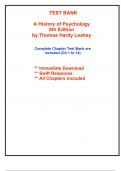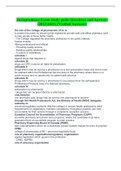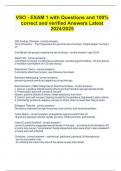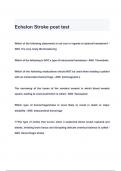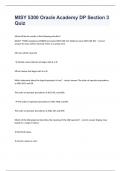Exam (elaborations)
WGU D420:Discrete Math 1, Terms defined and Clearly Explained!!LATEST 2024 VERSION
- Course
- Institution
WGU D420:Discrete Math 1, Terms defined and Clearly Explained!!LATEST 2024 VERSION Exclusive or. ⊕ - ANS One or the other, but not both. We can go to the park or the movies. inclusive or is a: - ANS disjunction Order of operations in absence of parentheses. - ANS 1. ¬ (not) ...
[Show more]
